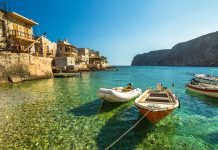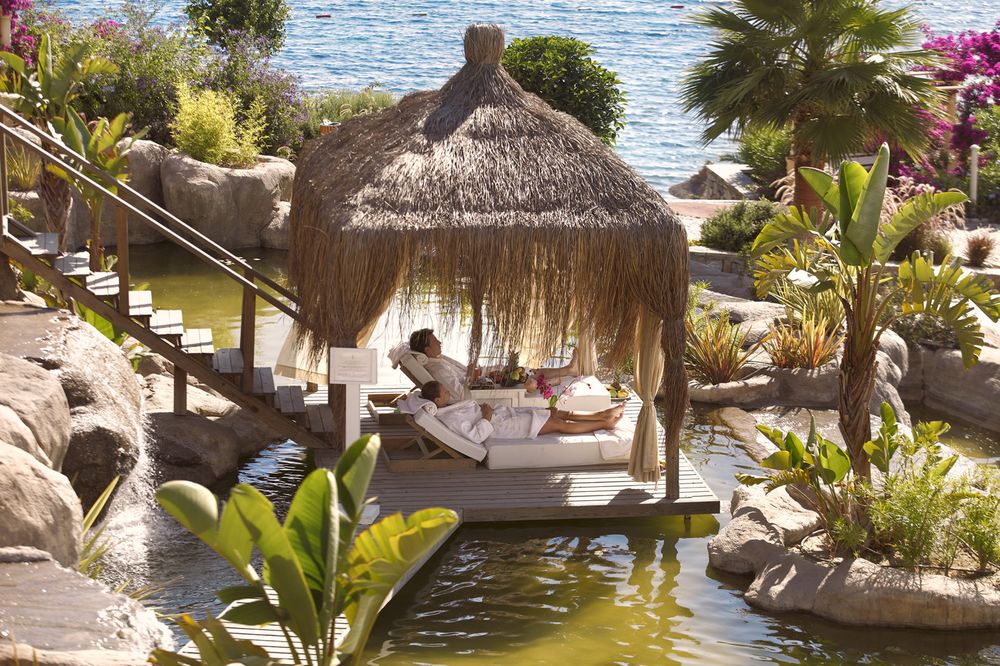About 65 km to the east of Mardin lies Midyat, the dreary new part of which – Estel – is connected by 3 km of broken-down Hyukyumet Street with the inviting Old Town.
The main decoration of the old part of the city is perhaps a roundabout. Nearby, behind jewelry shops, alleys with honey-colored houses begin, behind the modest doors of which huge courtyards with intricate carvings of walls, windows and niches hide.
As in Mardin, the Christian population of Midyat suffered greatly at the beginning of the XX century, and over the past decades a significant part of the community has emigrated. There are nine churches of the Syriac Orthodox Church in the city, but not all of them have regular services. It is not easy to find them in the jumble of streets, despite the fact that the spires are visible from afar, so it is best to use the services of one of the local small guides. They are counting on a small reward.
Surroundings of Midyat
MOR GABRIEL
About 18 km east of Midyat is the Monastery of Mor Gabriel, surrounded by rounded mountains on which olive groves grow.
It dates back to 397, however, has since undergone significant restoration. St. Gabriel is buried here, in whose name the monastery is named. It is believed that the sand next to his tomb heals diseases. Here you will see a variety of frescoes and a huge ancient dome, built by order of the wife of the Byzantine emperor Justinian Theodora.
The monastery of Mor Gabriel is the residence of the archbishop of the Tyur-Abdin plateau, on which the monastery is located. In our time, the archbishop is feeding a very thinned flock of about 70 people, mostly students. Many of them have returned after living in Europe and North America, so if you’re lucky, you’ll meet English-speaking guides.
The monastery lands are constantly claimed by residents of the surrounding villages, although the monastery of monks appeared here more than 1600 years ago. See the website of the Syrian World Alliance, if you are interested in more information.










